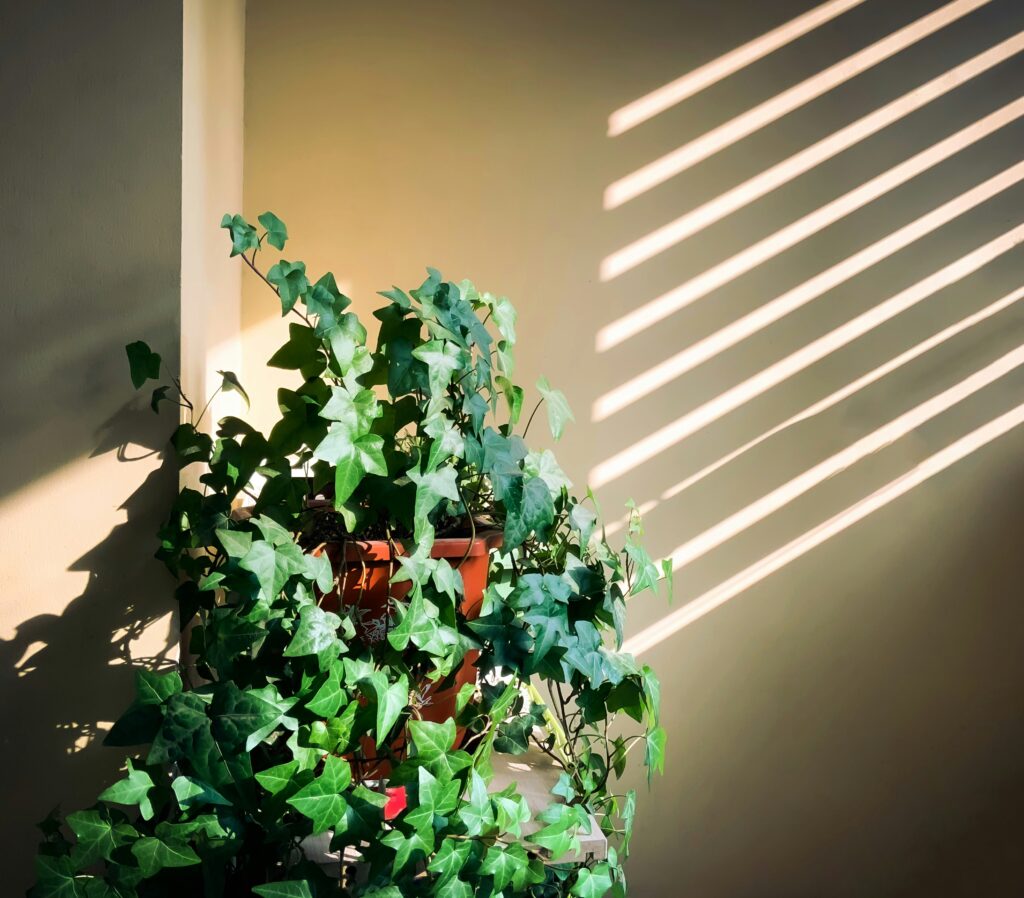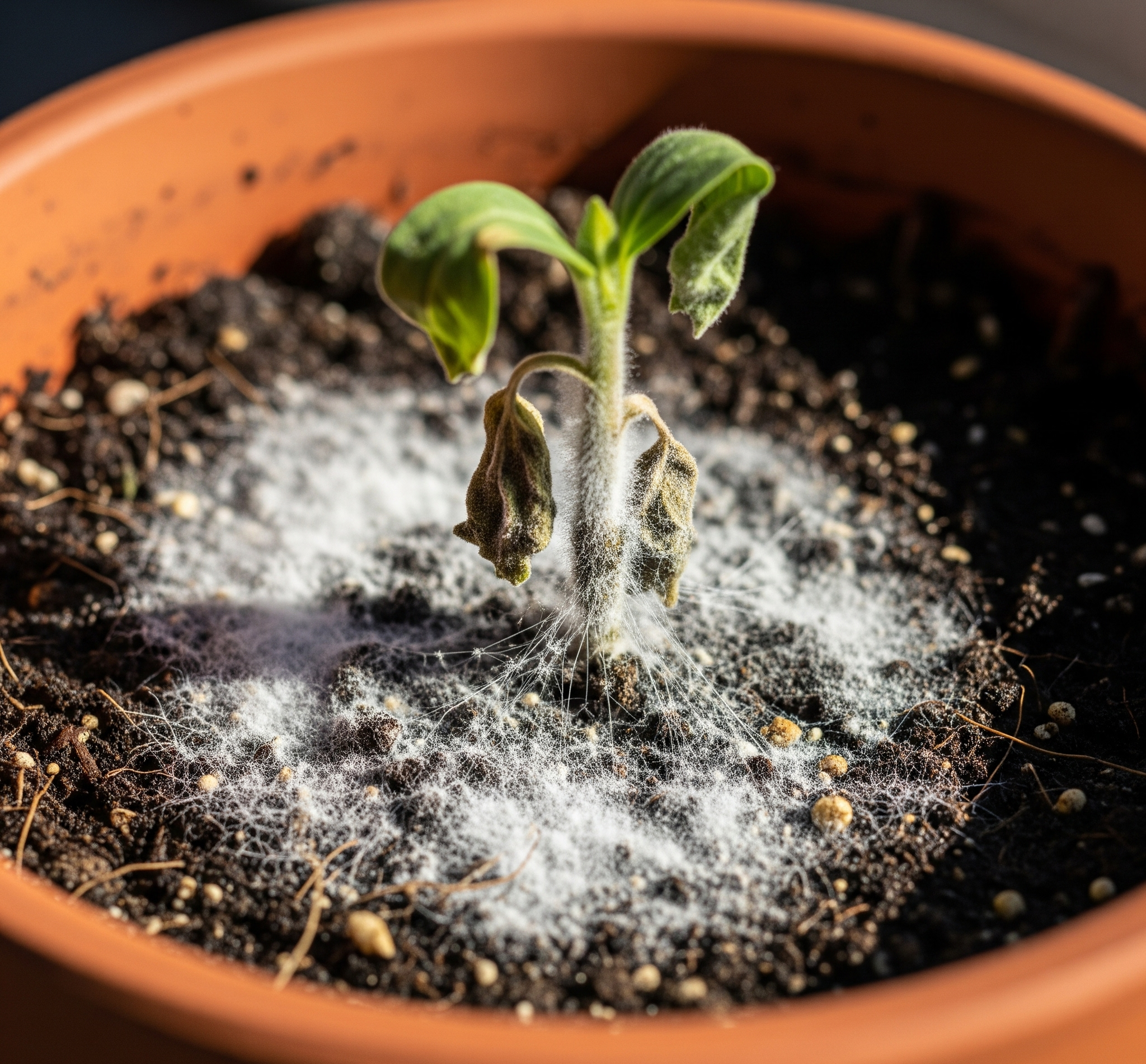Understanding Bright Indirect Light

What “Bright Indirect Light” Actually Means
Bright indirect light is a bit of a paradox: intense enough to energise your plants, but not harsh enough to scorch their delicate foliage. Think of it as sunlight that’s been softened, filtered through a curtain, bounced off a white wall, or diffused through frosted glass. It’s like the gentle morning sun that peeks through your window blinds: luminous, but not blinding.
Why Houseplants Love This Type of Light
Most houseplants hail from tropical understories where dappled sunlight dances through tree canopies. In your home, bright indirect light mimics this natural environment. It helps plants photosynthesise without frying their leaves, supporting healthy growth, vibrant foliage, and a resilient root system.
How It Differs From Direct Sunlight and Low Light
Direct sunlight is intense and focused. It can bleach leaves, cause sunburn spots, and dry out soil. Low light, on the other hand, is like the dim corner of a room where shadows linger, survivable for some plants, but not ideal. Bright indirect light strikes the sweet spot, abundant but gentle.
Signs Your Plants Are Craving Better Light

Common Symptoms of Inadequate Light
Leggy stems stretching like they’re chasing the sun, smaller-than-normal leaves, and slow or stagnant growth are telltale signs your plant needs a light upgrade. If your plant looks more “meh” than marvellous, light is often the missing piece.
How Plants React to Too Much Direct Sun
Overexposure leads to crispy leaf edges, faded colours, and burnt spots, especially on variegated or delicate-leaved plants. Succulents may handle it, but most tropicals will sulk or shrivel.
Telltale Clues That You’ve Nailed the Light Setup
New leaf growth, rich colour, perky posture, and even the occasional flower bloom? That’s your plant’s way of saying, “Yes, this is the vibe.” Bright indirect light encourages lush, balanced growth and keeps foliage looking Insta-worthy.
Best Spots in Your Home for Bright Indirect Light

Windows That Work Best (And Ones to Avoid)
East-facing windows are prime real estate, morning sun is bright but not brutal. North-facing ones are gentler but may need a boost. South and west-facing windows can be too intense, especially in summer. You’ll want to filter that light if your plants sit there.
How Distance from the Window Makes a Big Difference
Light intensity drops fast the farther you move from the source. A spot two feet from a bright window can be perfect. But ten feet away? You’re entering shadowland. Test placements and tweak accordingly.
Making Use of Light-Bouncing Walls and Surfaces
White or light-colored walls reflect light like a pro. Mirrors and glossy surfaces amplify available light, helping you cheat the system a little. Strategically placed, they can turn a dull nook into a light-filled oasis.
Smart Tricks to Create Bright Indirect Light Indoors

Using Sheer Curtains to Soften Harsh Rays
A simple sheer curtain can transform sunbeams into a plant-friendly glow. It filters out UV intensity while letting the brightness in, like sunglasses for your room.
Bouncing Light with Mirrors and Reflective Decor
Place a mirror opposite a sunny window to spread that glow across the room. Bonus: it makes your space look bigger and brighter. Metallic or glossy decor items also act as mini reflectors.
DIY Light Diffusers That Work
No sheer curtains? Try rice paper, frosted film, or even a translucent shower curtain. These budget-friendly hacks help modulate direct light without blocking it completely.
Tools and Gadgets That Can Help You Out

Grow Lights 101: When and How to Use Them
Grow lights are lifesavers when natural light falls short. Full-spectrum LEDs are ideal because they mimic sunlight and don’t overheat. Use them to supplement light in winter, darker rooms, or when you’re growing high-light plants indoors.
Light Meters: Are They Worth It?
If you want to get technical, light meters measure foot-candles or lux, units of brightness. They help you find out how much light your plants get. This information is useful when you are troubleshooting.
Affordable Tools That Make a Big Difference
Clip-on lamps, smart timers, light-reflecting trays, and curtain tiebacks can all play supporting roles. You don’t need fancy gear, just clever tools that make the most of the light you have.
Choosing Plants That Thrive in Bright Indirect Light

Top Houseplants That Love This Lighting Condition
Peace Lilies, Pothos, Monstera, fiddle leaf fig, Calathea, and Rubber Plants all thrive in bright indirect light. They’re vibrant, lush, and love the gentle glow.
Low-Maintenance Options for Beginners
Try Snake Plants, ZZ Plants, or Philodendrons. These forgiving green buddies don’t freak out if light levels shift; they adapt like pros.
Plant Pairings That Share the Same Light Needs
Group plants with similar light preferences together. It creates a micro-environment and makes your watering and care routine way easier. For example, pair a Monstera with a Prayer Plant or Peace Lily in the same corner.
Lighting Adjustments for Every Season

How Seasonal Changes Affect Indoor Light
As the sun changes angle throughout the year, your indoor lighting also shifts. That cosy spot in summer may become a dark cave in winter. Being mindful of these changes helps you stay one step ahead.
Tips to Rotate, Shift, and Adapt as the Sun Moves
Rotate your plants every couple of weeks for even growth. Shift them closer to the window in winter, then pull them back in summer to avoid overheating. Seasonal shuffles are key.
Keeping Plants Happy During Gloomy or Winter Days
On dull days, pull out the grow lights or move your plants to brighter spots temporarily. Clean your windows to maximise natural light. And resist the urge to overwater, less light means slower growth.
Fixing Common Lighting Mistakes

What Happens When Light Is Too Harsh or Too Weak
Too much light scorches. Too little light starves. The trick is reading the signs—brown, crispy edges = too much; pale, droopy leaves = too little. Find the middle path.
Overcompensating with Grow Lights – When It’s Too Much
More isn’t always better. Running grow lights for 18 hours a day can stress your plants. Aim for 10–12 hours, turn them off at night. Plants need rest, too.
Trial, Error, and Finding Your Plant’s Sweet Spot
Every home and every plant is unique. Sometimes, the only way to find the perfect light setup is through experimentation. Move, observe, repeat until it clicks.
Wrapping Up with a Light-Loving Routine

Daily and Weekly Light Checks
Keep an eye on how sunlight moves through your space each day. Adjust plant placement or rotate pots weekly to keep the plant growing balanced and bushy.
Incorporating Lighting Into Your Plant Care Routine
Just like watering or fertilising, checking for optimal light should be part of your plant-parent routine. Build habits that make observation second nature.
Final Tips for a Brighter, Happier Plant Home
Work with the light you’ve got, don’t fight it. A few smart tweaks and some plant-savvy decisions go a long way. Your houseplants don’t need perfection, just consistency, care, and that bright, indirect glow.


